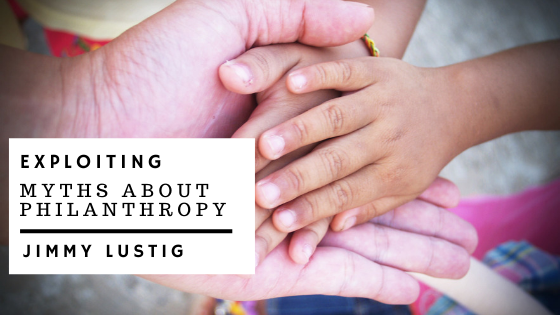Doctors Without Borders(DWB) is an amazing organization that primarily focuses on providing care to those who need it most. In the late spring of 1968, a group of young doctors traveled to help victims of major diseases and wars. They invented a new brand of humanitarianism that had the potential to reinvent the concept of emergency aid. They became Médecins Sans Frontières (MSF), known internationally as Doctors Without Borders.
MSF was officially founded on December 22, 1971. 300 volunteers made up the organization: doctors, nurses, and other staff, including the 13 founding doctors and a plethora of journalists. According to the official Doctors Without Borders Website,
MSF was created on the “belief that all people have the right to medical care regardless of gender, race, religion, creed, or political affiliation and that the needs of these people outweigh respect for national boundaries.”
After the french revolt of ’68 burst onto tv screens, the french pubic soon saw terrifying images that would set a new tone to empathy. They saw thousands of kids all over the world struggling from hunger and disease. In Nigeria, the southern region called Biafra seceded from the country. The Nigerian army surrounded the section, and the Biafran people were soon decimated by hunger. The Red Cross pleaded for assistance and help. The MSF realized that need was bigger than their neighbors or their country.
MSF’s first mission was to the Nicaraguan capital of Managua in 1971, when an earthquake decimated most of the city and killed between an estimated 10,000 and 30,000 people. In these first few missions, the weak points of MSF were soon realized. Members were going over without readily available support, and supply chains were fractured. The telltale signs were there; the movement was beginning to break. Soon it was hard to distinguish the MSF as a group of medical professionals or as a group of guerilla doctors.
From this point, the new realist leadership of MSF would transform MSF into the professional organization it is today. Through various leaders and growing mains, the MSF has become a fantastic organization known as Doctors Without Borders.










